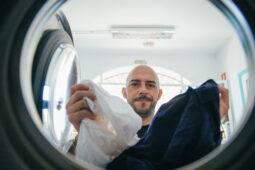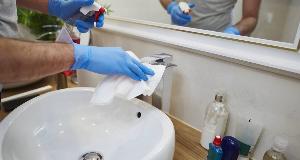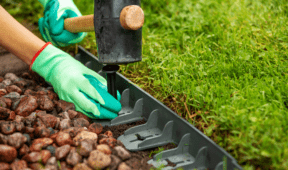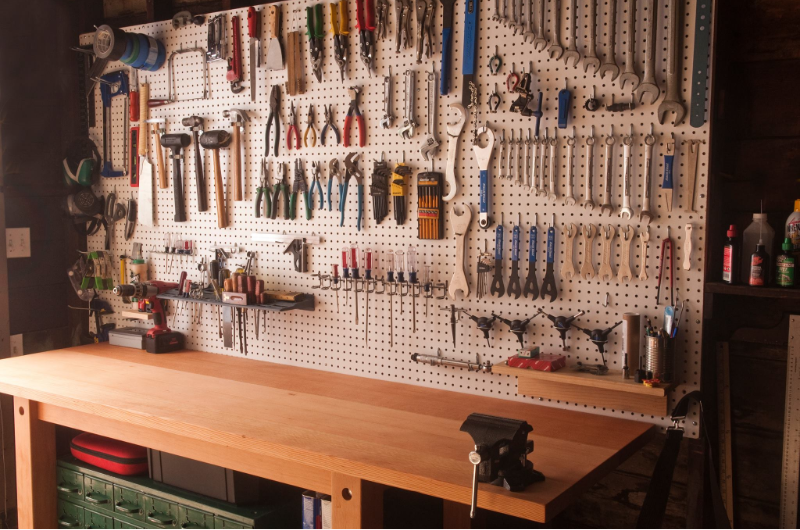The 9 Most Dangerous DIY Jobs
DIY projects can often fun, cost-saving ways to spruce up your home, but some jobs are riskier than they first appear. It’s not just roofing or electrical work that can land you in trouble, there are plenty of tasks that can be dangerous for a DIYer if done without the right skills or equipment. Here are nine DIY tasks worth thinking twice about before you take them on
1. Removing Popcorn Ceilings
Scraping off popcorn texture might look like a quick cosmetic fix, but older ceilings often contain asbestos, especially in homes built before the mid-1980s, and you won’t know unless it’s tested. Disturbing asbestos without proper precautions can release fatally toxic dust into your home. If you’re unsure of what you’re dealing with, don’t take the chance. Get it tested and leave removal to certified professionals.
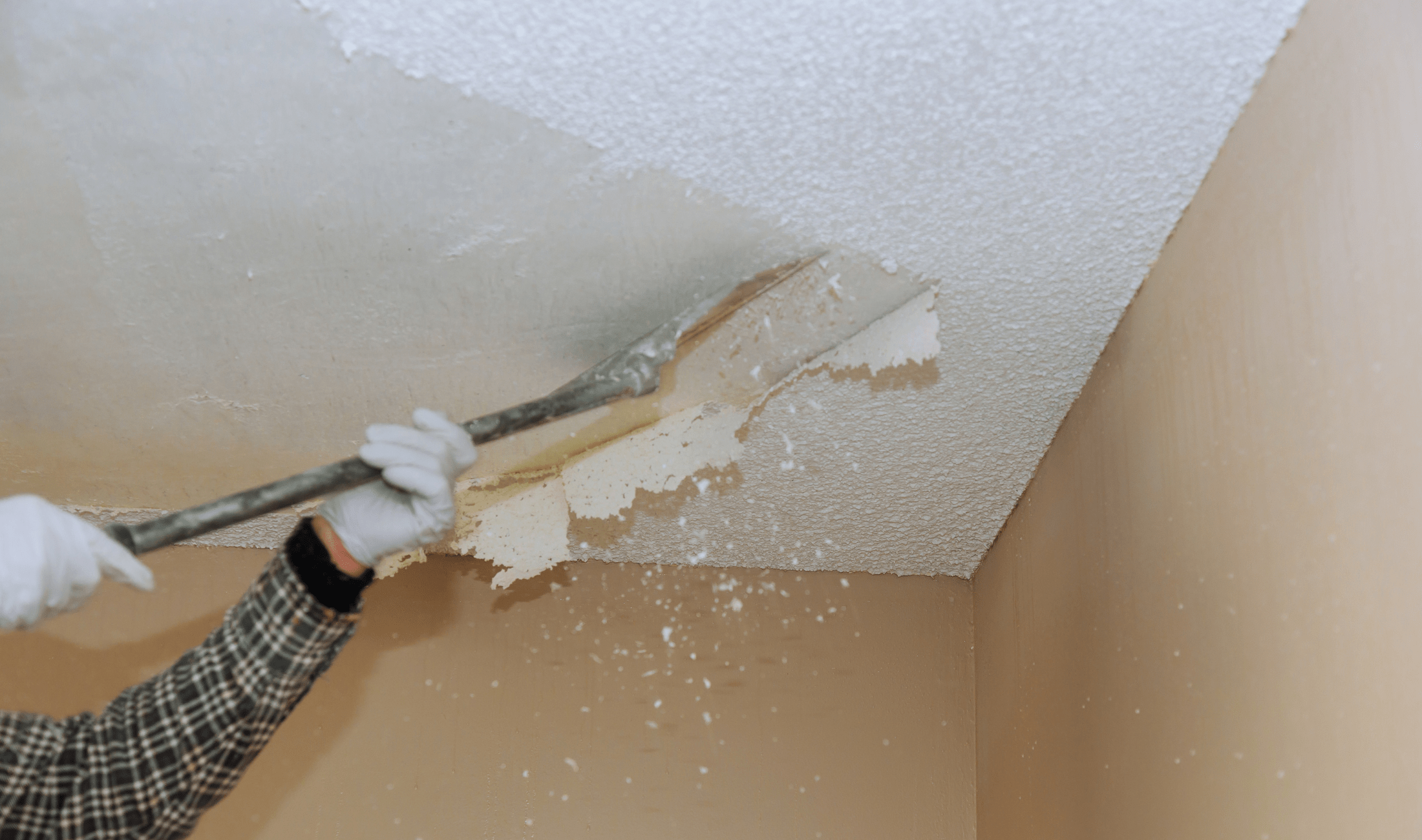
2. Installing a New Light Fixture
Changing a light fixture may seem like a basic task, but it’s easy to miswire something or forget to shut off the correct breaker. If the wiring is old, brittle, or wasn’t done right to begin with, you could seriously shock yourself or create a fire hazard. Just because it’s common doesn’t mean it’s safe. Unless you’re very familiar with electrical work, let an electrician do it.
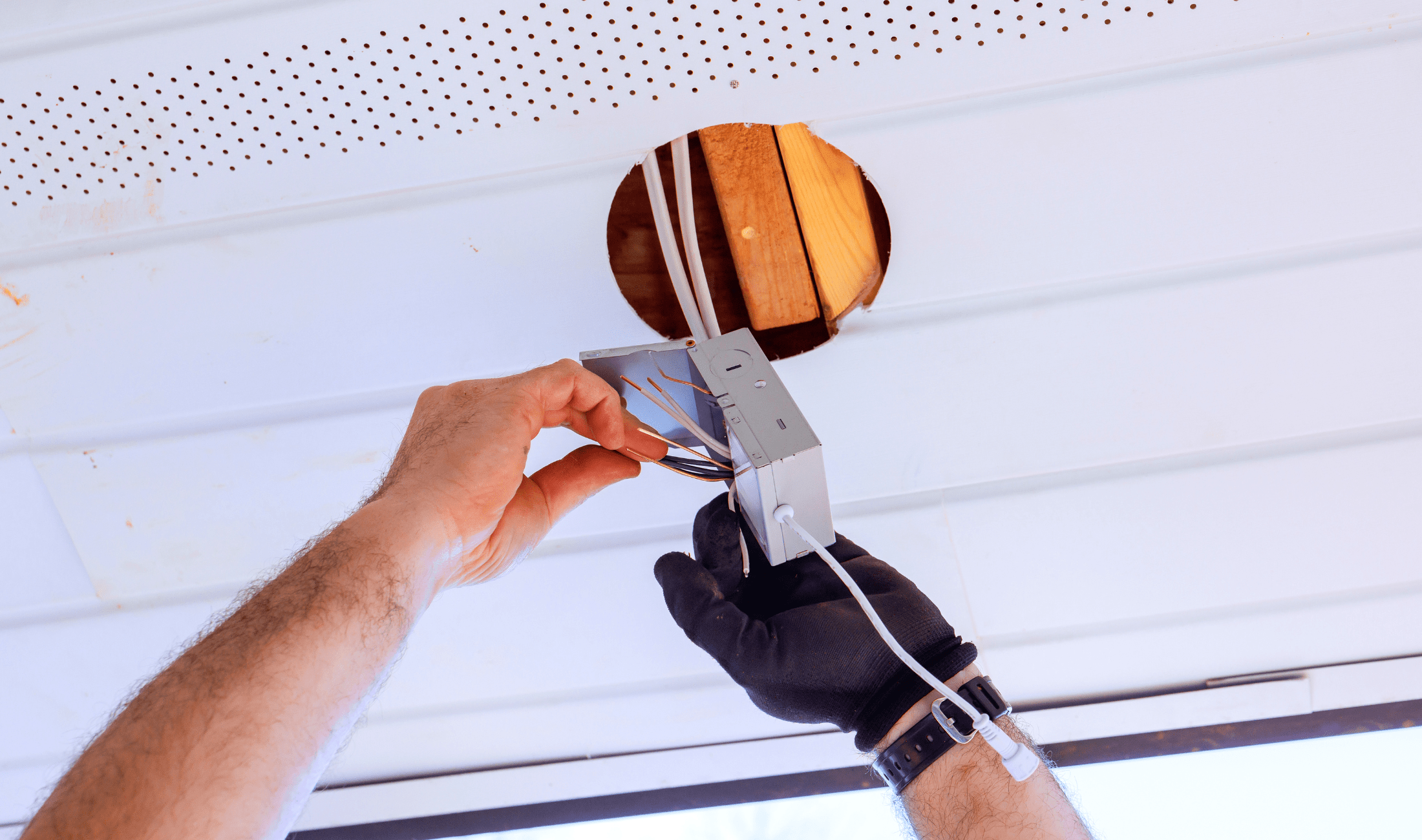
3. Patching a Leaky Roof
Spotting a leak in the ceiling might make you want to head up with some sealant and fix it right away, but even simple roof repairs can be very dangerous. Even a low-slope roof can be slick, unstable, or damaged in ways you can’t see, where one misstep can lead to a serious fall. It’s better to stay off the roof and call someone with safety gear and experience.
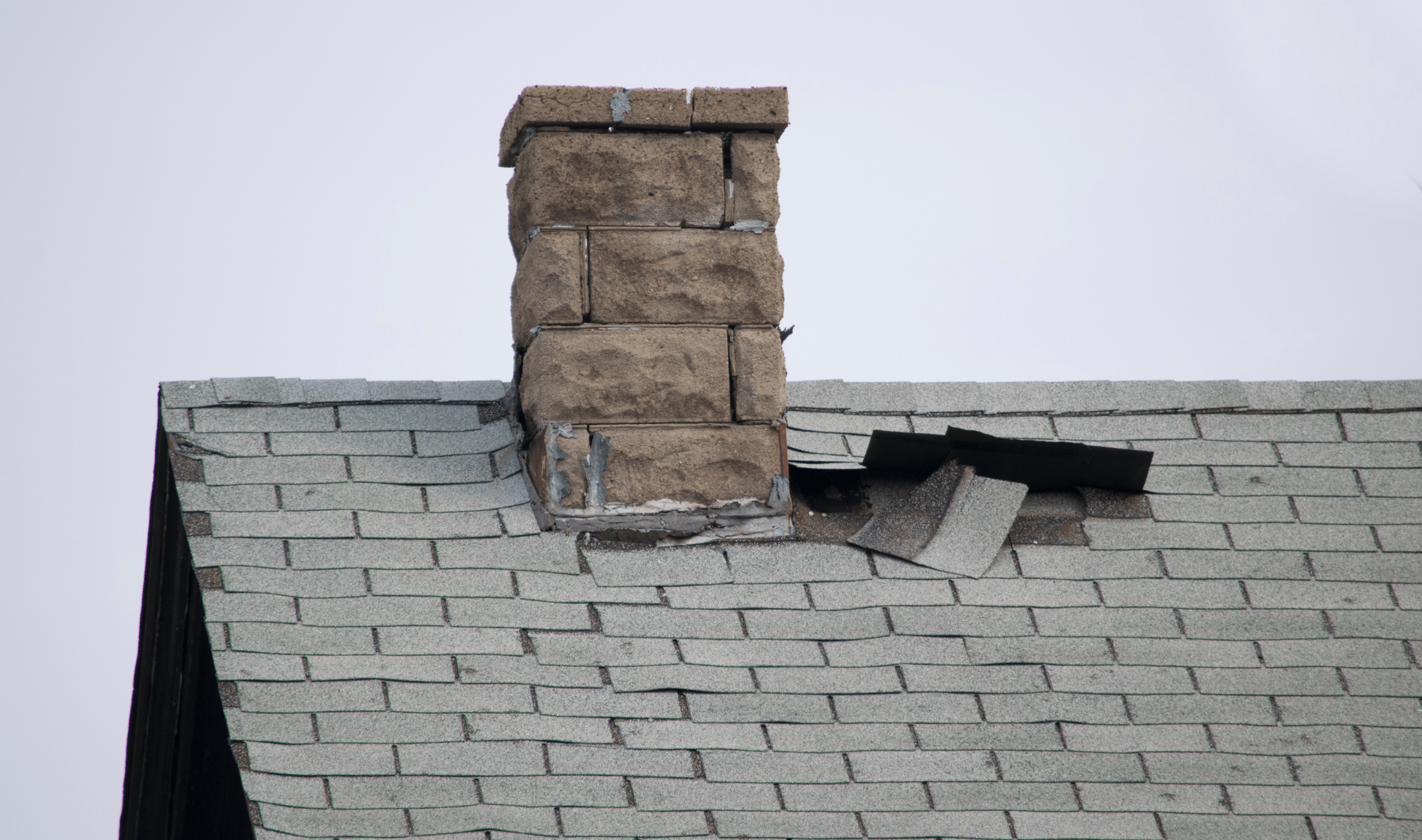
4. Fixing a Running Toilet with Internal Tank Damage
Most people feel confident lifting the lid off a toilet tank to jiggle the flapper or replace a chain, but when it comes to cracks inside the tank, faulty fill valves, or leaking seals, things can go wrong fast. You might overtighten something and crack the porcelain, or miss a slow leak that then causes water damage. If you’re unsure what’s actually causing the issue, it’s always worth calling a plumber.
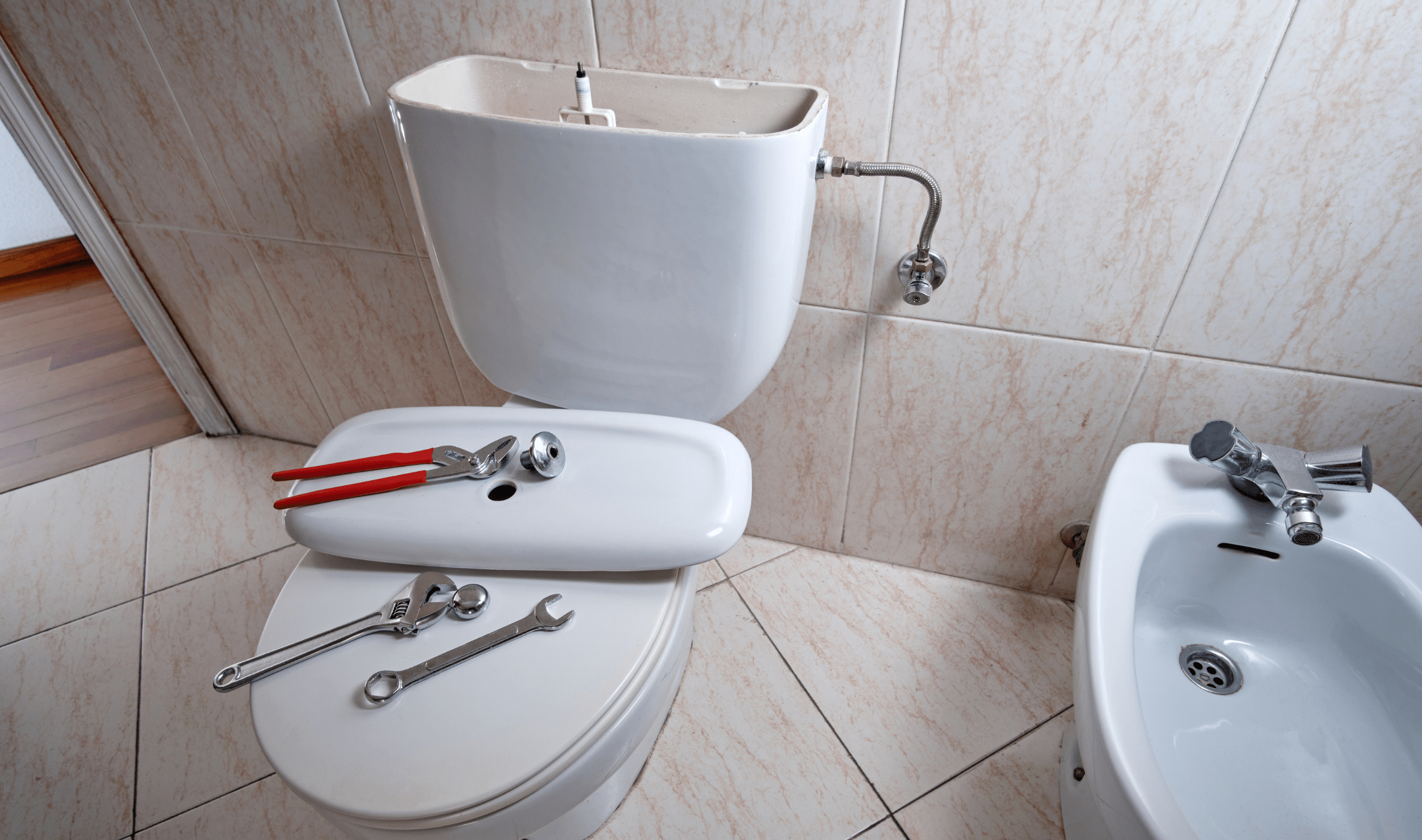
5. Replacing a Bathroom Exhaust Fan
When your bathroom fan stops working, replacing it might seem simple, but these fans are often wired into your ceiling in tight spots and connected to ductwork. Replacing one usually involves electrical work in cramped conditions—and if that fan’s not sealed and vented properly, it can cause long-term mold problems. This is better handled by someone with HVAC or electrical experience.
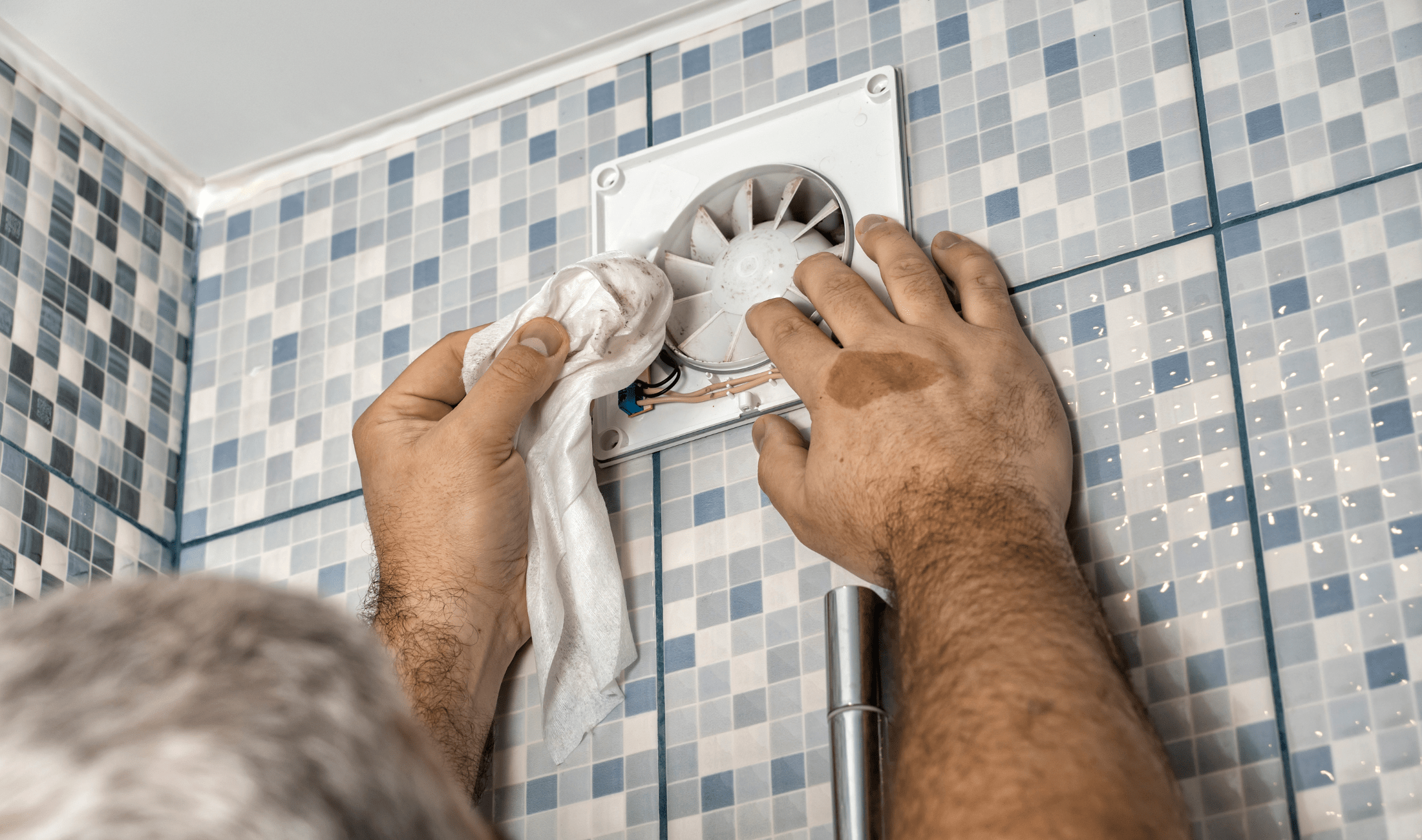
6. Regrouting Tile with Mold Behind It
Regrouting bathroom tile is a common DIY project. However, if there’s black staining behind the grout or crumbling sections, that may be mold growing underneath, and simply regrouting over it traps moisture inside the wall. The mold will continue to spread until you have to gut the whole bathroom. If it smells musty or the area stays damp for a long time after showering, it’s time to have someone check for hidden water or mold damage first.
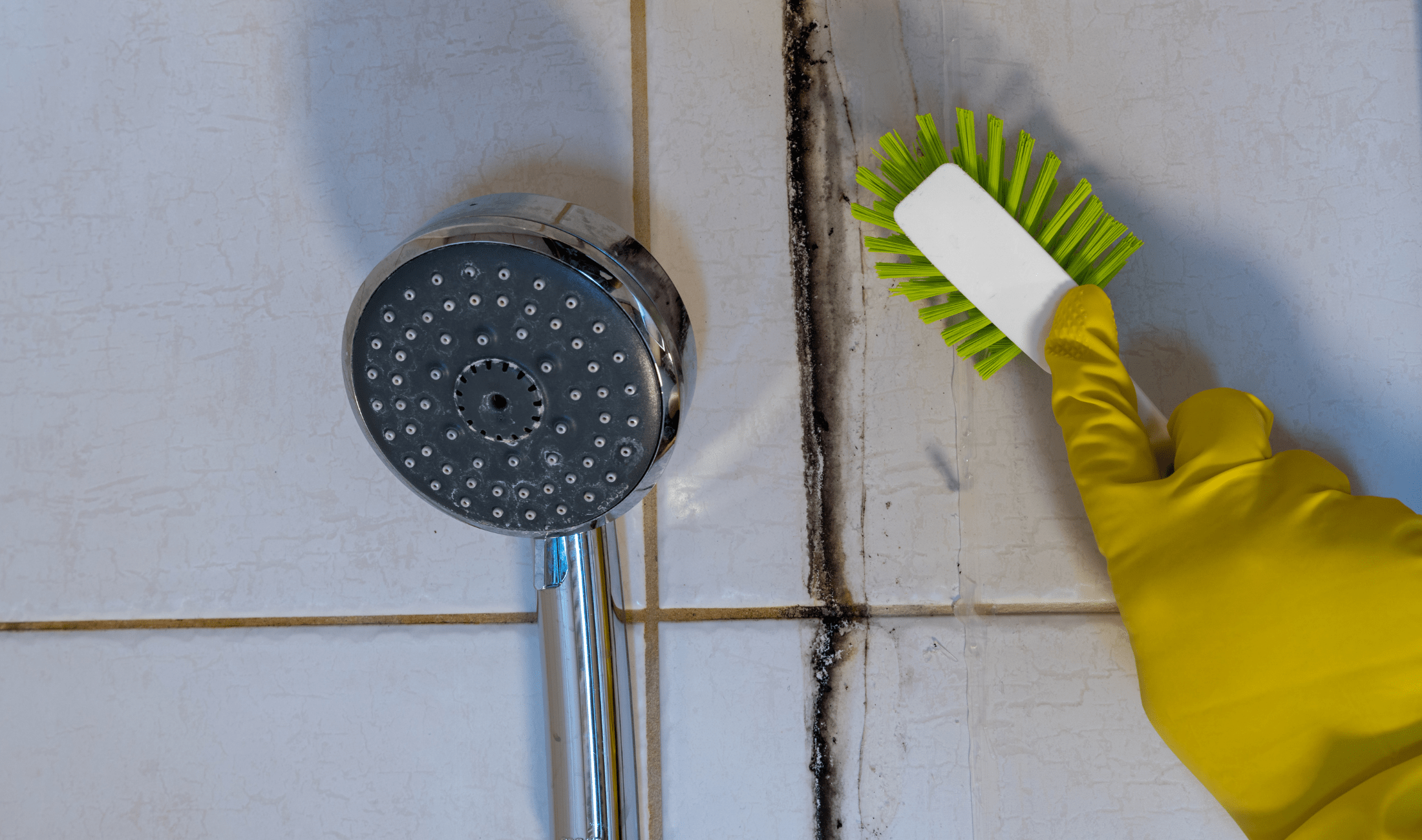
7. Fixing a Jammed Garbage Disposal
It’s tempting to reach in and try to unjam a stuck disposal with your hand or a utensil, but this can go wrong fast in exactly the way you’re expecting. Even if it’s switched off, these machines can start unexpectedly or cause injury from sharp blades. If resetting the unit or using an Allen wrench doesn’t work, don’t try to force it. Let a plumber or appliance technician take a look.
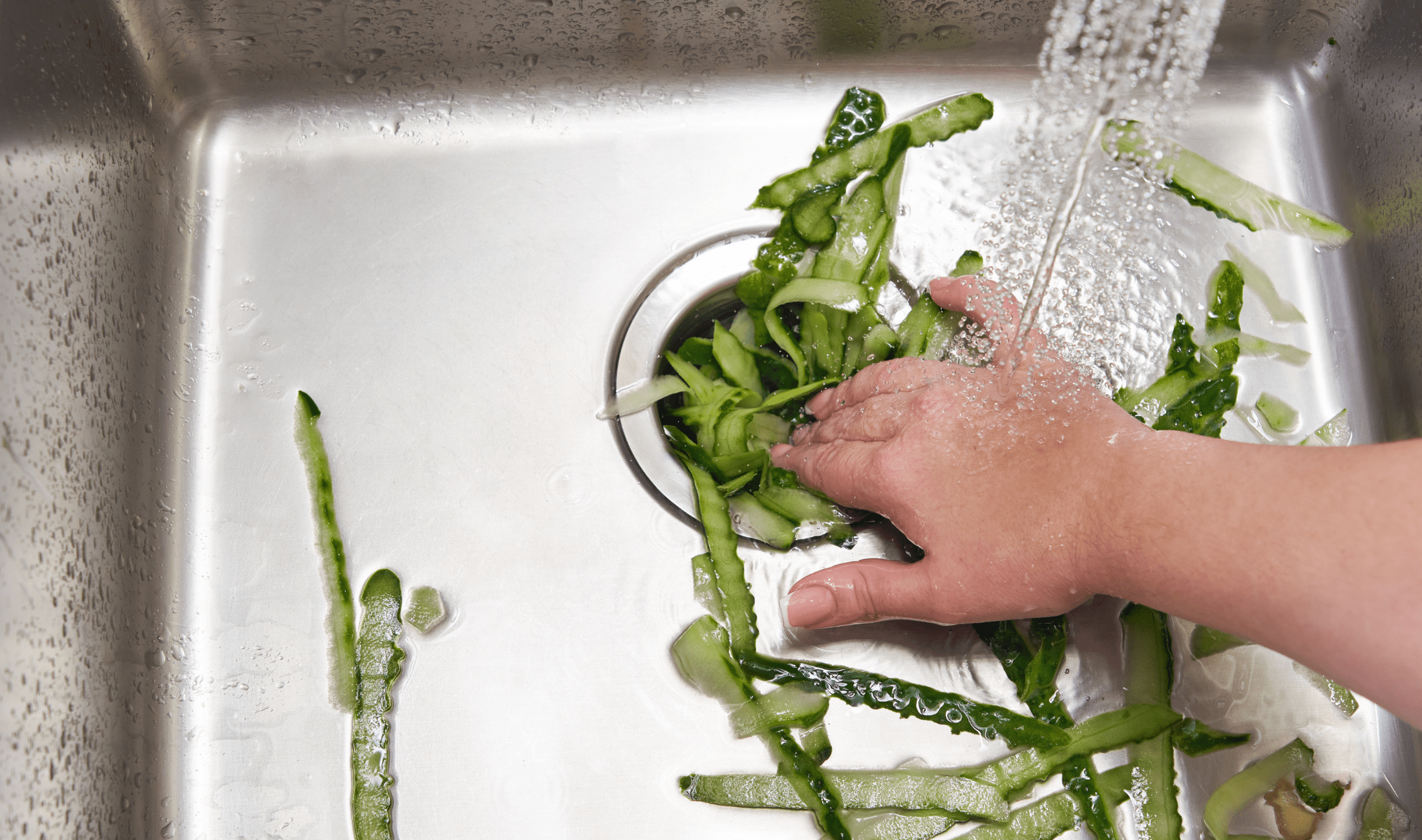
8. Fence Post Digging
Digging deep holes for new fences may not seem risky on its face, but many homeowners hit things like utility lines buried underground. Striking a gas or power line can cause life-threatening accidents. Even when safe from utilities, hand-digging large holes puts a heavy strain on your back and shoulders, not to mention the chance for soil collapse. Professional installers call utility companies for clearance and use equipment that reduces both the immense risk and the physical strain.
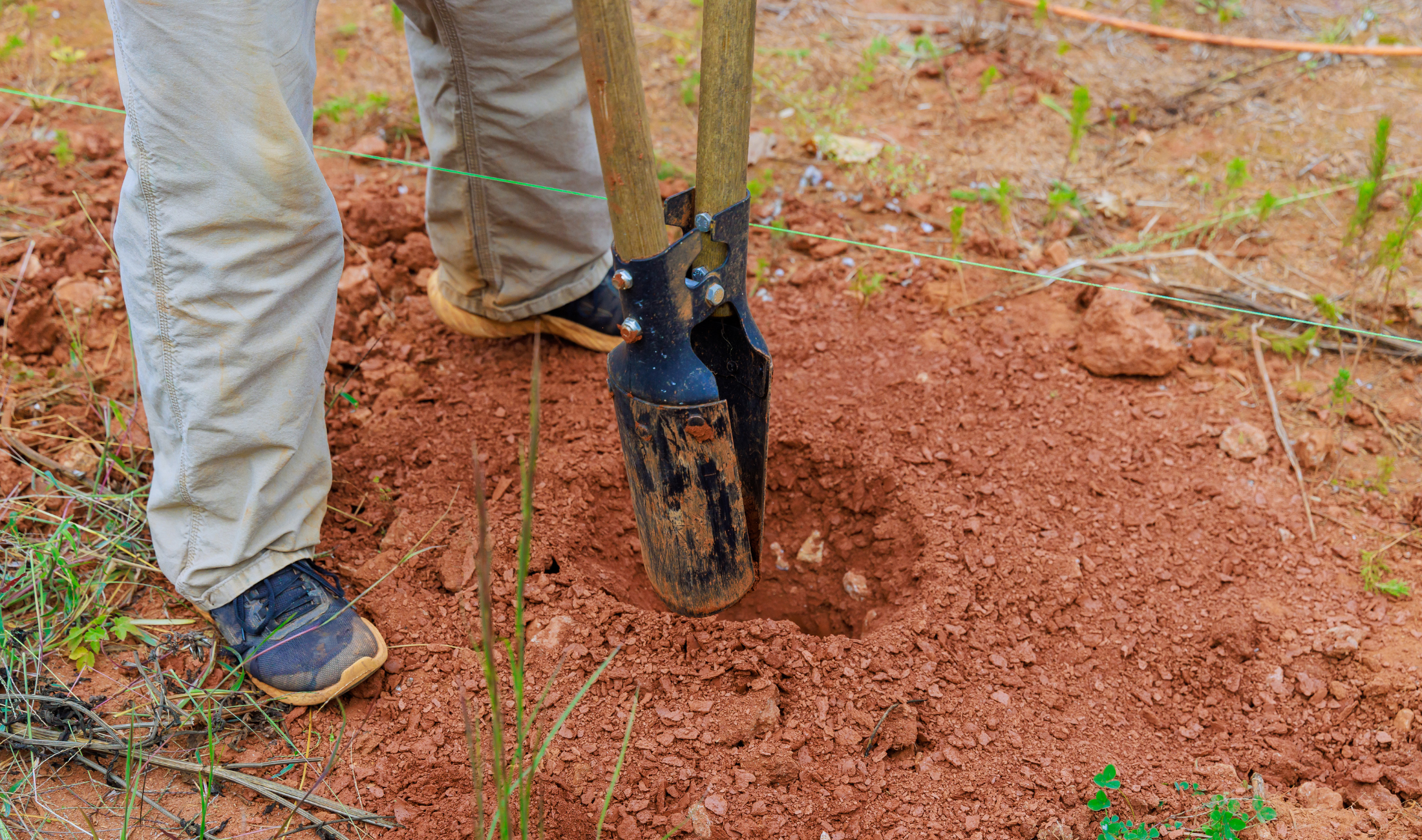
9. Removing Large Mirrors or Glass Panels
Trying to take down a big mirror that’s glued or otherwise mounted to the wall seems doable until it starts cracking, or worse, falling. Mirrors can be heavy, sharp, and unpredictable once you start pulling them away. Glass removal should never be rushed or done without safety gear. A mishandled panel can shatter and cause serious injuries. For big glass, always get help.
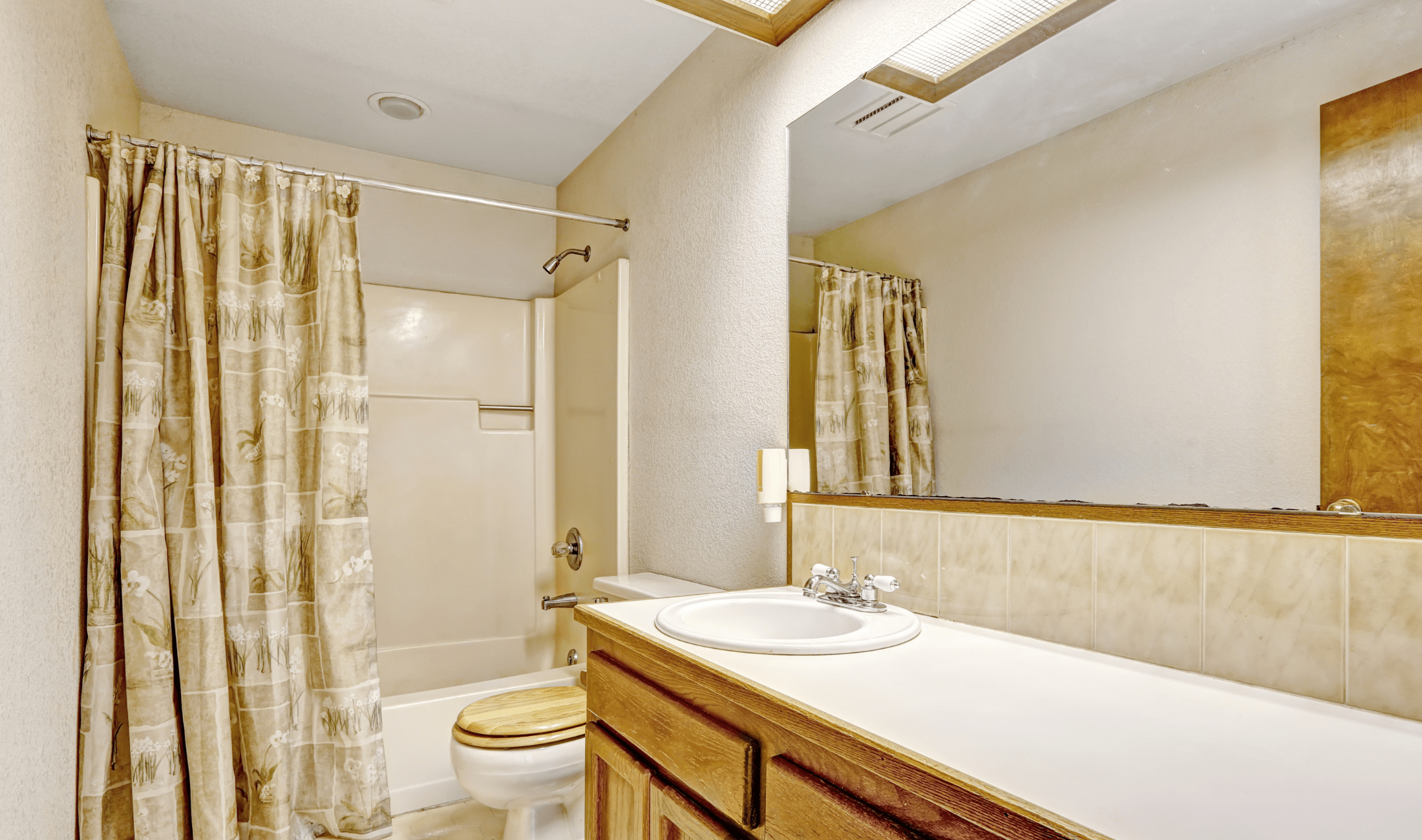
Related Articles
- These 3 Simple Laundry DIYs Clean Your Clothes And Save You Money
- 5 Things I Wish I Knew Before I Renovated My Kitchen
- Simple DIY Ideas for Clever Kitchen Storage Solutions
Not every DIY risk is obvious. Many projects that seem harmless carry hidden dangers, from chemicals to falls to structural risks. Knowing which jobs to avoid can save you from serious injuries, costly damage, or long-term health problems. The smartest DIYer knows when to pick up the phone instead of the toolbox. Trusting a professional for high-risk projects is always safer than gambling with your health or your home.

